Storm Restoration Services
Conducting inspections immediately after a storm helps identify damage early, allowing for timely restoration and minimizing risks.
Restoring properties during calmer weather seasons, such as late fall or winter, can reduce delays caused by weather conditions.
Scheduling restorations during periods with predictable, stable weather ensures safety and quality work.
Spring and early summer often see increased storm activity, making timely restorations crucial during these seasons.
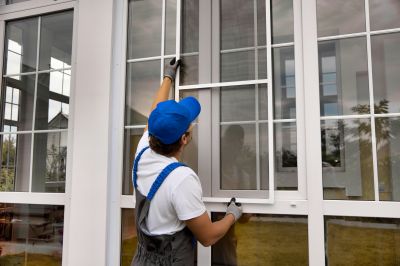
Ways to make Storm Restorations work in tight or awkward layouts.

Popular materials for Storm Restorations and why they hold up over time.
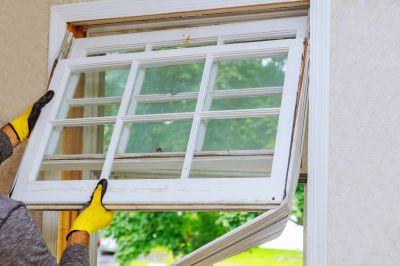
Simple add-ons that improve Storm Restorations without blowing the budget.
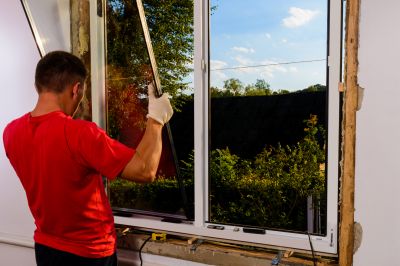
High-end options that actually feel worth it for Storm Restorations.
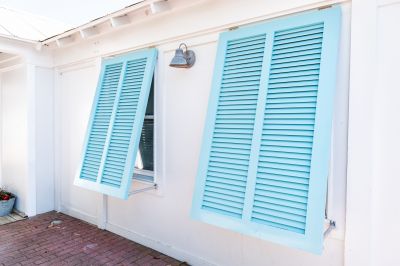
Finishes and colors that play nicely with Storm Restorations.

Little measurements that prevent headaches on Storm Restorations day.
Storm restorations involve repairing and restoring properties damaged by severe weather events such as hurricanes, high winds, and heavy rainfall. Effective restoration minimizes structural risks, prevents secondary damage, and restores safety and functionality. The process includes assessments, debris removal, repairs to roofing, siding, windows, and other structural elements. Proper timing ensures that repairs are completed before additional weather conditions can cause further harm.
Statistics show that timely storm restorations can significantly reduce repair costs and prevent long-term issues. For instance, delaying repairs after wind damage can lead to water intrusion, mold growth, and structural weakening. In regions prone to frequent storms, proactive planning and swift action are essential to maintaining property integrity.
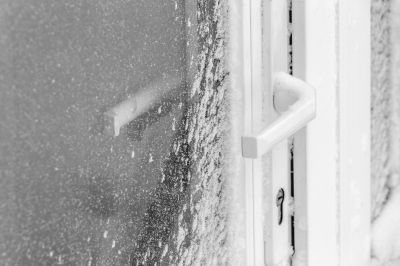
A 60-second routine that keeps Storm Restorations looking new.

A frequent mistake in Storm Restorations and how to dodge it.

Small tweaks to make Storm Restorations safer and easier to use.
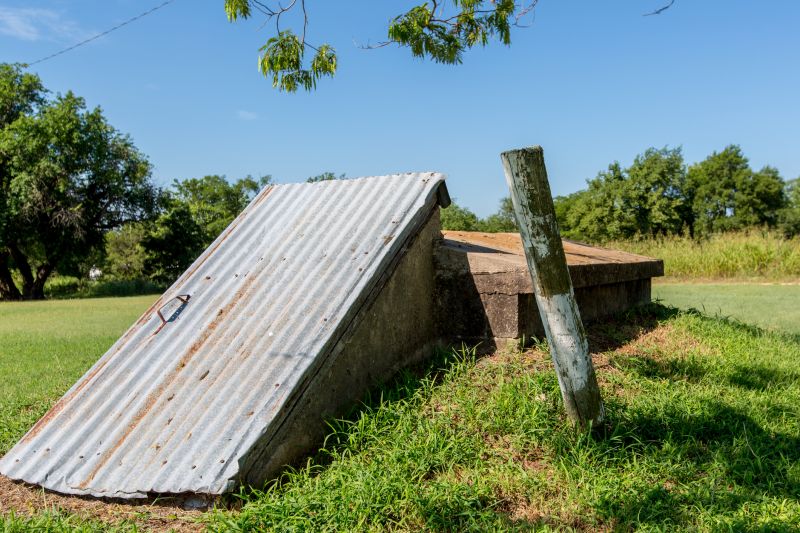
Lower-waste or water-saving choices for Storm Restorations.
| Season | Best Restoration Timing |
|---|---|
| Spring | Early spring is ideal for preparing and addressing storm damage before peak storm season. |
| Summer | Post-storm response is critical during summer months with high storm activity. |
| Fall | Late fall offers a window for repairs before winter weather sets in. |
| Winter | Restorations are best scheduled during winter or off-peak periods to avoid weather delays. |
| After Major Storms | Immediate action is recommended regardless of season to prevent secondary damage. |
